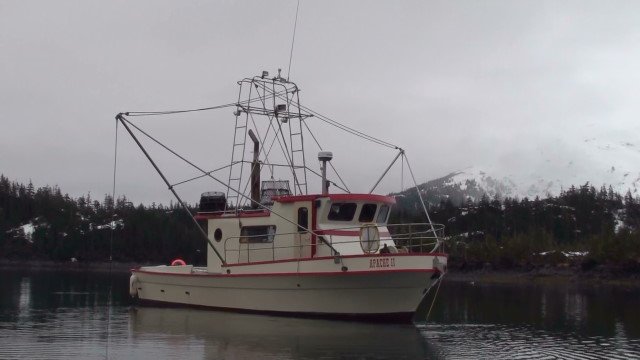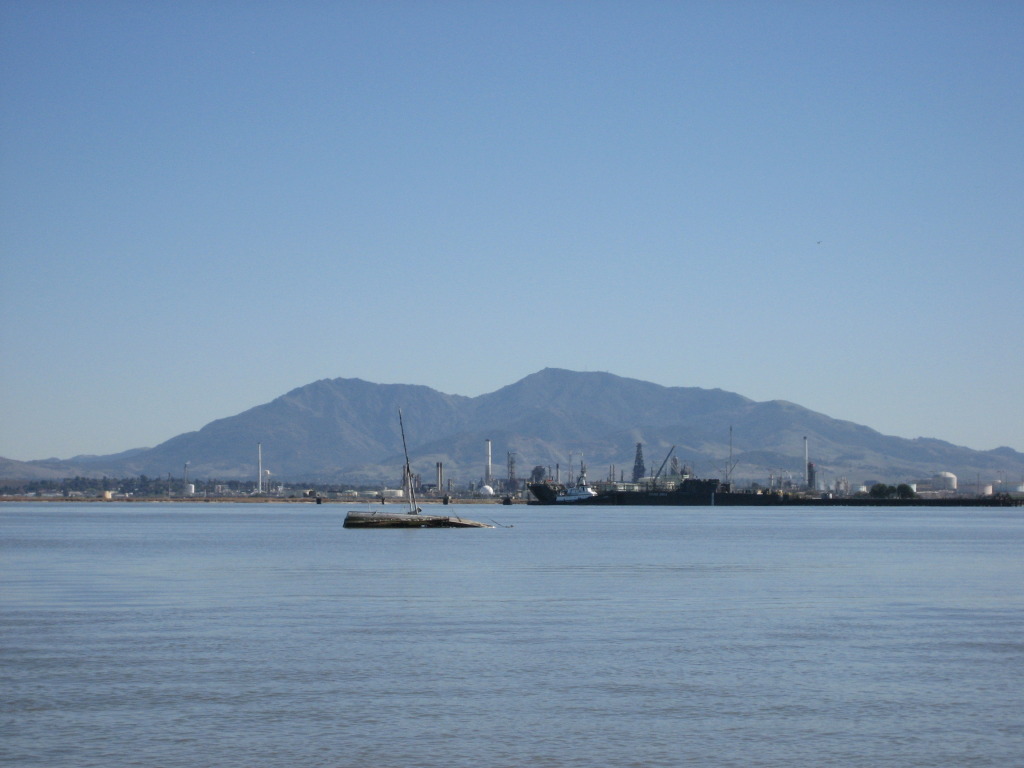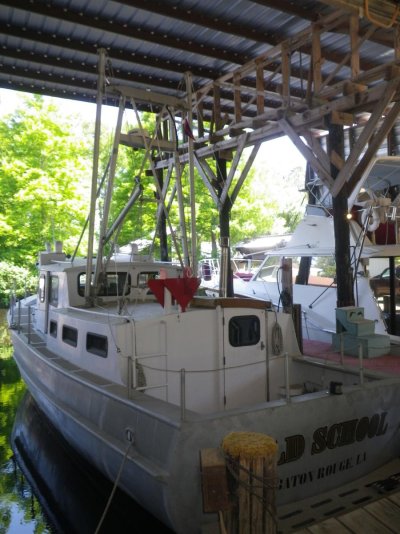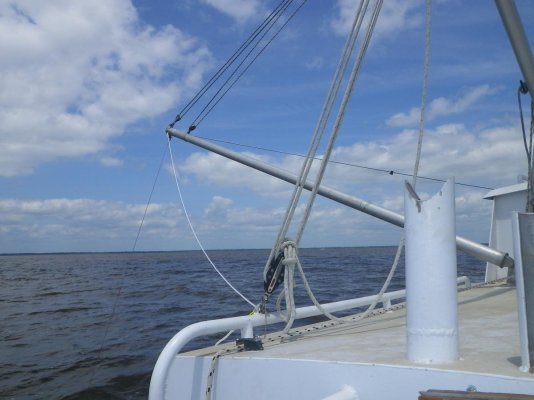Taras
Senior Member
- Joined
- Jan 11, 2008
- Messages
- 400
- Vessel Make
- Currently Boatless
Scary, thank you for the great article! That link was chalked full of great information.
the author seems pretty positive about "passive fins". this looks like a valid option.
My question is "why is it you don't ever see these on any boats?"
Thanks all for the comments.
Taras
the author seems pretty positive about "passive fins". this looks like a valid option.
My question is "why is it you don't ever see these on any boats?"
Thanks all for the comments.
Taras


 Fish stabilizers are active not passive by definition. You do see them on commercial and trawler type looking boat like the Eagle. I mean the Eagle is ugly already so a little more ugly will not hurt.
Fish stabilizers are active not passive by definition. You do see them on commercial and trawler type looking boat like the Eagle. I mean the Eagle is ugly already so a little more ugly will not hurt. 

 )on our blog , their first target was help to keep the right course and put less 'near 0°) angle of rudder when we motoring on just one engine.
)on our blog , their first target was help to keep the right course and put less 'near 0°) angle of rudder when we motoring on just one engine.

